Abstract
After September 11, 2001, Islam and terrorism issues became the subjects of the main importance in arena of international affairs. Moreover, these two issues are usually combined in mass media, constructing extremely negative image of Muslims, as actual and potential terrorists. In this context the case of the Muslim Filipinos’ image transformations in USA mass media seems to be very interesting, because the Muslim Filipinos were the first Muslims with whom Americans get into close interactions and who starting from the Spanish-American War of 1898 became Americans’ significant others. In the contemporary independent Philippines Moro nationalism and Muslim terrorism became one of the most important issues. This paper argues that the phenomena of Moro nationalism and Muslim terrorism in the contemporary Philippines are products of the long process of social reality construction with different stages of its development involved several various actors: pre-Hispanic Islamized Filipino datus, Spanish colonialism, American control, the independent Philippines state, Ferdinand Marcos with his martial law, and Muslim Filipinos’ ideologists.
The research question discussing in the paper is whether Moro nationalism and Muslim terrorism in the contemporary Philippines are products of social construction of subjective reality? The social construction of reality is defined as the dialectical process, which includes interactions among individuals, society, and culture. The purpose of this study is to analyze the process of Muslim Filipinos’ social image transformations during the long period of history from pre-Hispanic times to the present, when a row of stereotypical labels were used to portray them: “pagans,” “non-Christian tribe,” “Moros,” “cultural community,” “Muslim minority,” “Muslim Filipinos,” “Filipino Muslims,” and “Moro nationalists”. This paper argues that the long process of social reality construction, which in different stages of its development involved several various actors, resulted in the phenomena of Moro nationalism and Muslim terrorism in the contemporary Philippines.
Current paper is a textual analysis (both quantitative and qualitative) of news coverage of the Muslim Filipinos’ images in the New York Times (the NYT). The reason to choose the NYT as a main source for the study is the newspaper on-line archive availability and high time limitation, which is a main obstacle to address other sources of information. The analysis shows that publications devoted to the Muslim Filipinos in the NYT increased in the periods, when the Muslim Filipinos were for the USA the significant others: in the bloody period of ‘Moro Rebellion’ (1903-1913); during the time of American colonial rule in the Philippines (1913-1941); and during two years before and a year after the declaration of the War on Terrorism (from September 11, 2001 to the present). This paper argues that, the American ethnicizing, the early independent Philippines program of national integration and Marcos’ martial law hostility resulted in the phenomena of Muslim Filipinos subjective self identity and separatism movements of the next stage of their social image construction.
Igor Sitnikov


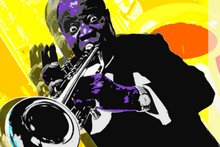

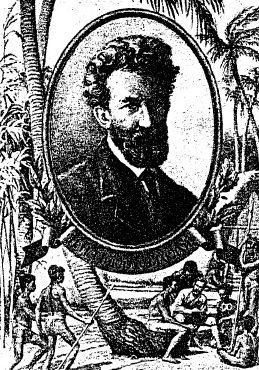



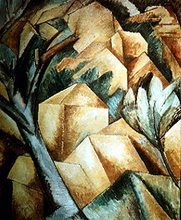
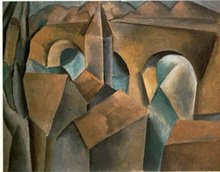
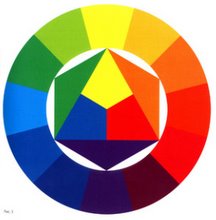
No comments:
Post a Comment